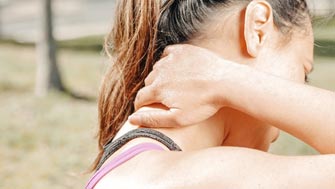
Neck and shoulder pain is a common complaint among people of all ages. Such type of pain can be quite debilitating and can prevent you from performing your daily tasks effectively.
Fortunately, acupuncture can prove to be an effective treatment for these conditions. In this article, we will explore everything you need to know about acupuncture benefits for neck and shoulder pain relief.
Acupuncture Benefits for Neck and Shoulder Pain
Acupuncture Benefits for Neck Pain
Medical literature provides support for acupuncture as an effective treatment for chronic neck pain and stiffness. Some studies suggest that acupuncture can lead to improved neck function and minimize pain. In addition, there’s also evidence that acupuncture can help reduce stress levels that might play a role in minimizing neck pain in certain individuals.
In a particular study, 177 people suffering from chronic neck pain were treated with massage, acupuncture, or ‘sham’ laser acupuncture. Those given the sham laser treatment were informed that special laser light was being beamed into particular acupuncture points in the body to stimulate them. However, in reality, the laser light didn’t do anything – it was essentially a placebo.
After five treatments, individuals treated with acupuncture witnessed a higher improvement in motion-associated neck pain as compared to patients given massage treatment.
Acupuncture Benefits for Shoulder Pain
Chronic shoulder pain can usually be treated by acupuncture. By increasing blood and oxygen circulation to the shoulder joints and muscles, acupuncture allows for healing and reduces swelling and pain.
If your shoulder pain is due to a frozen shoulder, acupuncture can help in several ways. A review shows that acupuncture for frozen shoulder helps by increasing blood flow and circulation to the joint. This is a vital step in promoting healing and thus, makes acupuncture an essential medical specialty for solutions and pain management.
Another study was conducted to determine whether acupuncture treatment can minimize chronic pain in the neck and shoulders. The research was performed with 24 female office workers aged 47 and above.
Acupuncture was carried out 10 times during 3 to 4 weeks either at anti-pain acupoints (Target group) or at placebo points (Control group). Three years after the treatment, the target group still reported reduced pain than before the treatments.
All in all, the study revealed that acupuncture treatment might reduce chronic pain in the neck and shoulders and the headache that comes with it. The effect lasted for three years.
What Is Neck Pain?
Neck pain can be a result of everyday repetitive motions, poor posture while working on the computer, or an odd sleeping position. A sore neck can come on quite suddenly, or it can gradually develop over months or even years.
Symptoms of Neck Pain
Signs and symptoms of acupuncture include –
- Spasms and muscle tightness
- Reduced ability to move your head
- Lump in your neck
- Headache
- Fever
- Pain that gets worse by keeping your head in one position for long periods, such as when working at a computer or driving
Causes of Neck Pain
Your neck can be susceptible to conditions and injuries that can restrict motion and can cause pain. Neck pain causes include:
- Muscle Strains- Overburdening injuries, such as hunching for several hours over your smartphone or computer, often lead to muscle strain. Even small things, like gritting your teeth or reading books in bed, can cause strain on neck muscles.
- Worn Joints – Your neck joints can deteriorate as you age. Osteoarthritis leads to the cartilage between your bones weakening. Your body then forms bone spurs that impact joint motion, resulting in pain.
- Injuries – Rear-end vehicle collisions usually lead to whiplash injury, which happens when the head jerks backward and then forward, straining the neck’s soft tissues.
- Diseases – Several diseases, like meningitis, cancer, or rheumatoid arthritis, can trigger neck pain.
What Is Shoulder Pain?
The shoulder joint is the most mobile joint in the body. It allows the shoulder to move forwards and backward. It even allows the arm to move in circular motions. You are more likely to experience problems with your shoulders as you get older. This is because the soft tissues surrounding the shoulder degenerate with age.
Symptoms of Shoulder Pain
Symptoms of shoulder pain can include
- Deep pain in the shoulder joint, in the front or the back of the shoulder.
- Reduced movement and pain when moving your shoulder.
- Weakness of the upper arm/shoulder.
- Tingling sensation
Causes of Shoulder Pain
Here is a list of causes of shoulder pain:
- Arthritis
- Bone spurs
- Broken arm bone or shoulder
- Dislocated shoulder
- Frozen shoulder
- Heart attack
- Injury due to repetitive use or overuse
- A pinched nerve in the neck or shoulder
- Rotator cuff tendinitis – a condition characterized by swollen tendons
- Spinal cord injury
- Torn cartilage
- Torn rotator cuff
How Does Traditional Chinese Medicine View Neck and Shoulder Pain?
Traditional Chinese medicine views every health problem comprehensively. It aims to not just treat the symptoms of neck and shoulder pain but also carefully consider the entire picture of symptoms and lifestyle habits that are contributing factors.
To treat neck and shoulder pain, traditional Chinese medicine focuses on specific points in the body that minimize inflammation all over the body while strengthening Yang and Qi energy.
In some cases, acupuncture treatment is enhanced by the extra use of electrical stimulation. Other TCM modalities can also be used in the treatment regiment, particularly therapeutic massage forms such as Moxibustion (burning of warming herbs near acupuncture points), cupping (using glass cups to create suction), Gua Sha, and Tuina might also be used to help move stagnant Qi and blood.
Conclusion
Some neck and shoulder pain conditions might resolve on their own. However, it’s best to seek treatment for such pain before it turns into something serious. If your neck or shoulder pain is chronic or recurrent, don’t suffer any longer. American College of Acupuncture and Oriental Medicine today is available for consultation by scheduling an appointment at 713-780-9786. Treatments are also available at ACAOM at Houston Methodist Hospital Wellness Services at 713-441-5980. We offer one of the best treatments in traditional Chinese medicine to patients suffering from neck and shoulder pain.
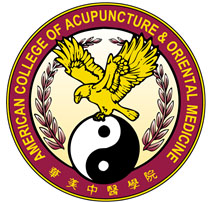

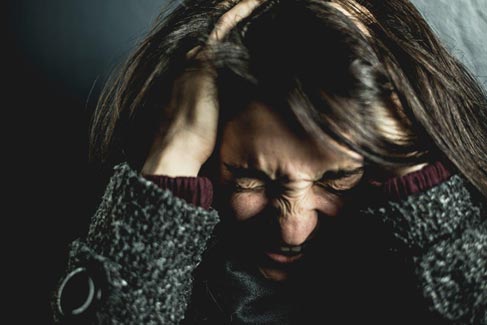


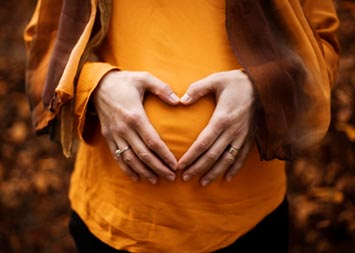
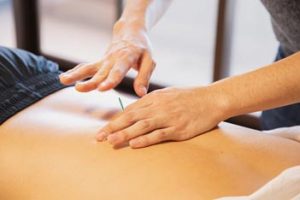




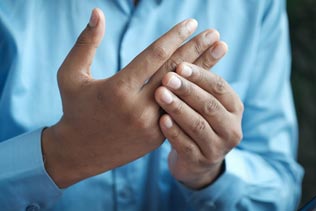
Recent Comments